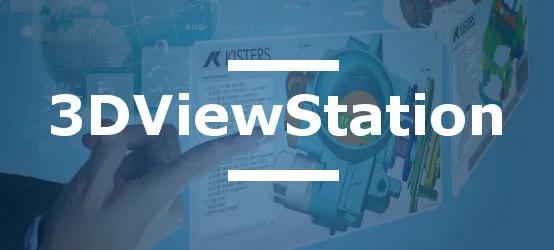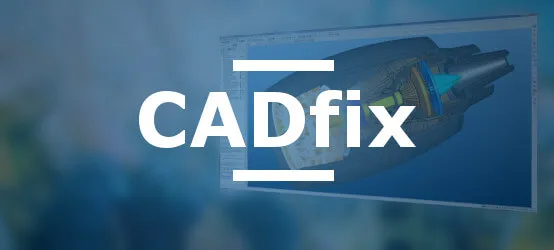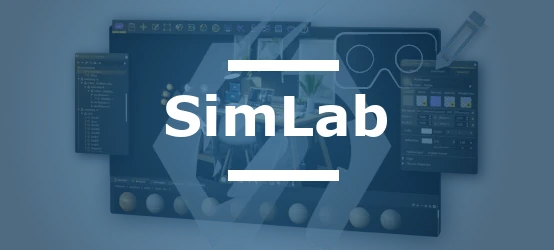The STL (STereoLithography) file format is a widely used tessellation format in the computer-aided design (CAD) field for rapid prototyping and computer-aided manufacturing (CAM). Originally developed by 3D Systems, the STL format is available in both ASCII and binary formats and is supported by many CAD systems.
The STL file describes only the surface geometry of a 3D object without any representation of color, texture, or other attributes of the CAD model. This means that the file format only contains information about the vertices and triangles that define the external surface of the object in 3 dimensions.
The surface is defined by a series of closed triangles. Each triangle is defined by the Cartesian coordinates (x, y, z) of its vertices, as well as by a unit normal vector (n) oriented outward from the object. For some software, the normal vector can be set to (0,0,0); it will then be calculated by the software from the vertex coordinates using the right-hand rule.
There is no scaling information in the STL file. The length unit is arbitrary and may vary from one CAD system to another. This can cause interoperability issues between different systems, as the dimensions of the object may not be consistent.
There are two types of STL files: ASCII and binary. ASCII files are easy to create by hand or with any programming language, but they can be very large if the object is complex. Binary files are less voluminous and more commonly used for this reason. The files are saved with the .stl extension.
It is recommended to sort the points by increasing z to facilitate file reading by some software. In addition, the z-axis is considered the vertical axis, although some 3D design software such as Blender may make a correction on the y-axis.
In conclusion, the STL file format is widely used in the CAD field for rapid prototyping and CAM. However, interoperability issues may arise due to the absence of scaling information and the possible variation of length units between systems.
CAD Interop distributes several software solutions to view and translate STL files. Below is a list of our solutions compatible with the STL format:





